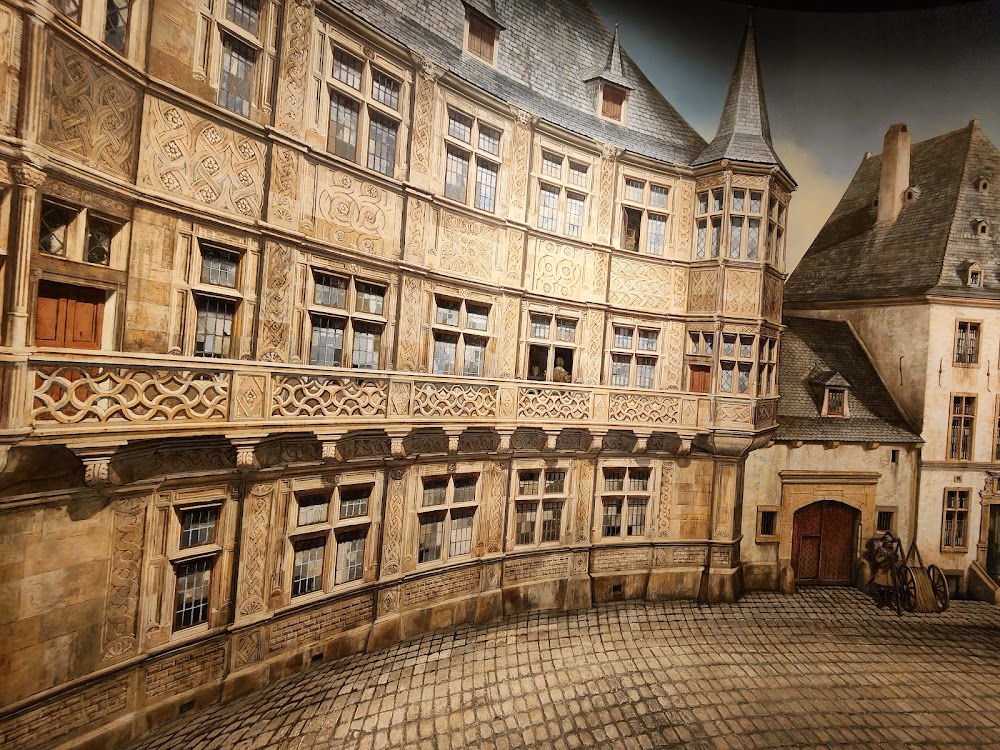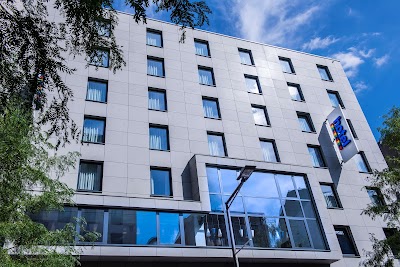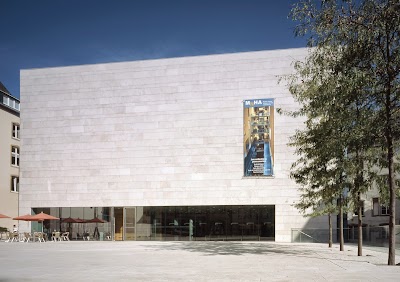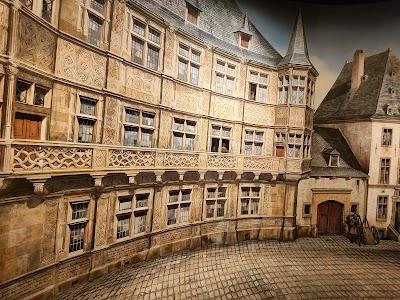Grand Ducal Palace (Palais Grand-Ducal)
Overview
The Palais Grand-Ducal, nestled in the heart of Luxembourg City within the Canton of Luxembourg, is a stunning architectural and historical marvel that serves as the official residence of the Grand Duke of Luxembourg. This magnificent structure is not only a symbol of the monarchy but also a testament to the rich cultural heritage of the nation.
The origins of the Palais Grand-Ducal date back to the 16th century, when it began its life as the City Hall of Luxembourg. Constructed between 1572 and 1574, the building showcases a captivating blend of Renaissance and Gothic architectural styles, with the initial design credited to the city's foreman-builder, Adam Roberti.
During the period of Spanish rule, the building acquired its distinct Renaissance facade, a defining feature that endures to this day. Until the mid-18th century, the City Hall functioned as the administrative center of Luxembourg. However, in 1795, during the tumult of the French Revolutionary Wars, Luxembourg fell under French control, and the City Hall became the headquarters of the French administration.
Following the defeat of Napoleon in 1815, Luxembourg was made a Grand Duchy by the Congress of Vienna, marking a significant transition for the building. In 1817, it was designated as the residence of the Governor, paving the way for its future as the Grand Ducal Palace.
Over the years, the structure underwent numerous modifications and expansions to accommodate its evolving roles. A noteworthy transformation occurred in 1890, when Grand Duke Adolphe ascended to the throne; it was then that the former City Hall officially became the Grand Ducal Palace.
Between 1891 and 1894, the palace underwent meticulous renovations and expansions directed by Belgian architect Gédéon Bordiau and later, Luxembourg architect Charles Arendt. A new wing was added extending towards Rue de la Reine, enhancing the palace's grandeur and elegance.
The interiors of the Palais Grand-Ducal are equally breathtaking, featuring opulent rooms that reflect Luxembourg's rich heritage and culture. Visitors can admire luxurious furniture, intricate tapestries, and historic portraits that create a royal ambiance befitting its status as a grand ducal residence.
The palace also endured a darker chapter during World War II, when Luxembourg was occupied by Nazi Germany. The palace was repurposed as a tavern and concert hall for German officers, and many precious furnishings and artifacts were removed or destroyed during this tumultuous period.
After the war, significant restoration efforts were undertaken to reclaim the palace's former glory, safeguarding its heritage and splendor for future generations. Today, the Palais Grand-Ducal not only serves as the official residence of the Grand Duke but also hosts various state functions and ceremonies.
During the summer months, the palace opens its doors to the public, inviting visitors to explore its historical grandeur and architectural elegance. The facade is adorned with beautiful stone carvings and decorative elements that highlight its Renaissance origins, making it a captivating sight for all who pass by.
Its central location in Luxembourg City places the palace amidst picturesque streets and other historical landmarks, making it a focal point for both locals and tourists. The surrounding area features charming squares, quaint cafes, and vibrant markets, all contributing to the unique charm of the city's old town.
The story of the Palais Grand-Ducal is a remarkable testament to Luxembourg's evolving history, transitioning from a municipal building to a symbol of the nation's monarchy and culture. Its architectural splendor and historical significance continue to captivate visitors from around the world, making it a must-visit destination in Luxembourg City.









